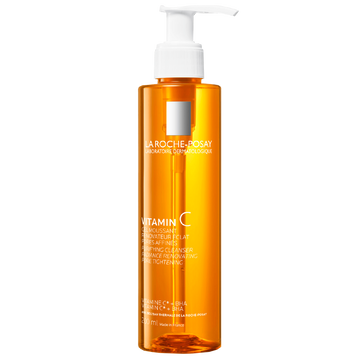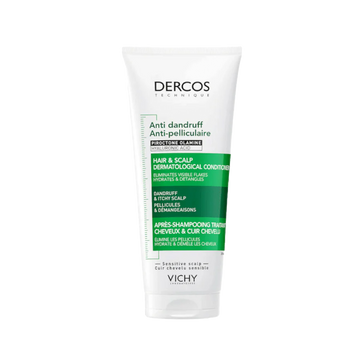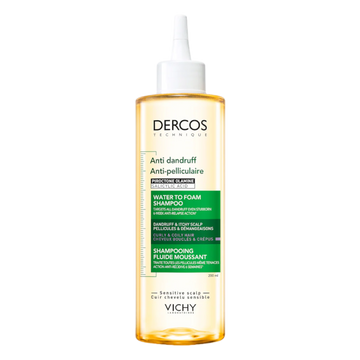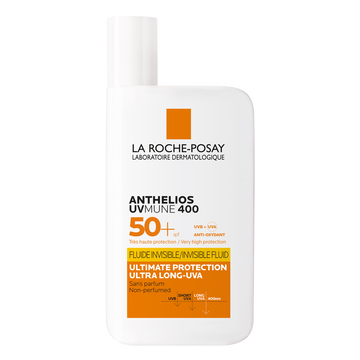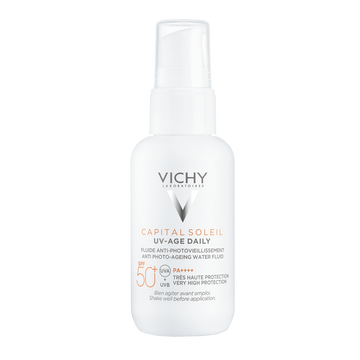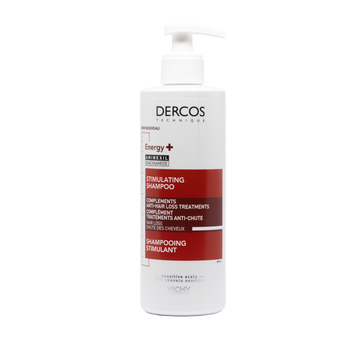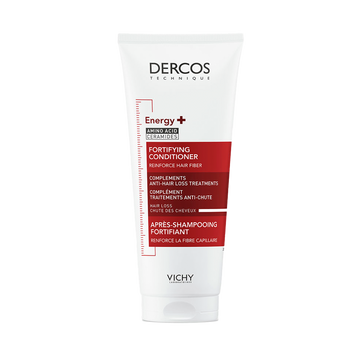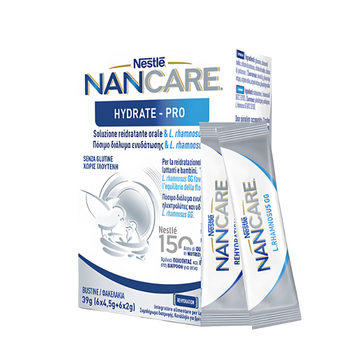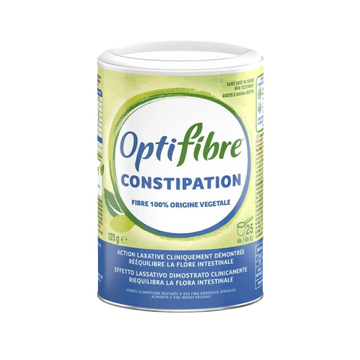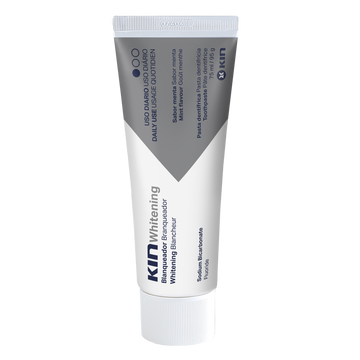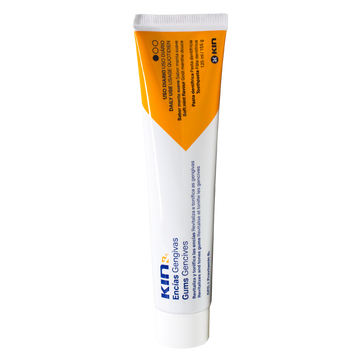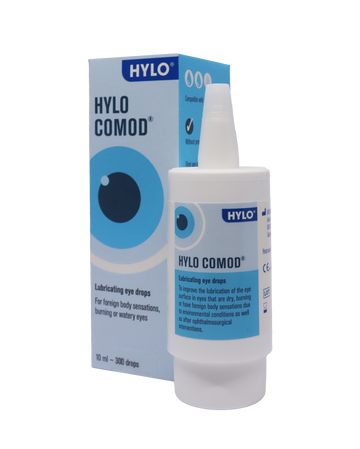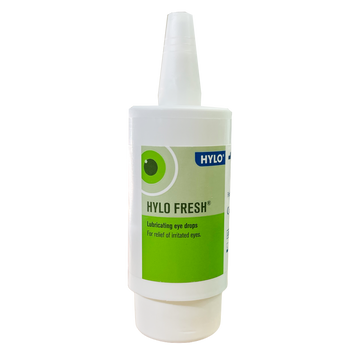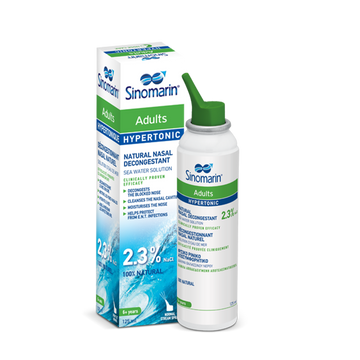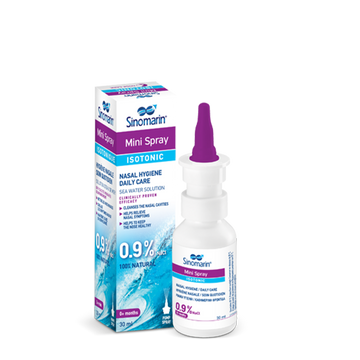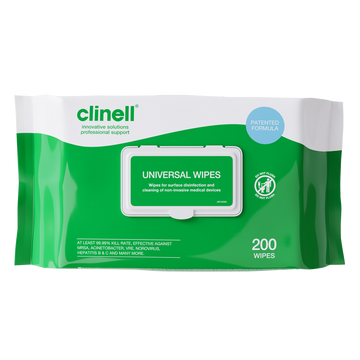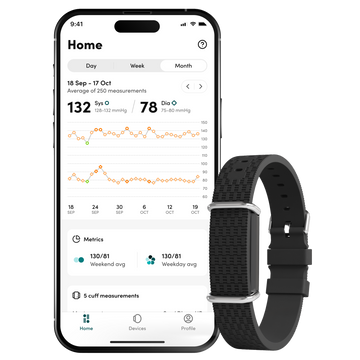Sunscreen is one of the most essential steps in any skincare routine, yet it remains one of the most misunderstood. From expiration dates to application techniques, small oversights can significantly reduce your sun protection, putting your skin at risk. Whether you're headed to the beach or just running errands, understanding how sunscreen works is the first step to better skin health. Here's your go-to guide on using SPF products correctly and safely.
1. The Dangers of Using Expired Sunscreen
Just like food, sunscreen has an expiration date for a reason. Using expired sunscreen can mean applying ineffective protection, leaving your skin vulnerable to harmful UVA and UVB rays. Over time, the active ingredients in sunscreen degrade, especially if exposed to heat or sunlight. Applying expired products can result in sunburns, premature aging, and increased risk of skin cancer.
Tip: Always check the printed expiration date on the packaging and avoid using products past this date.
2. Expiry Date vs. PAO (Period After Opening)
In addition to the printed expiration date, look out for the open jar icon (usually labeled 6M, 12M, etc.) on your sunscreen. This icon indicates the number of months the product remains effective after opening. Even if your sunscreen hasn't expired, using it beyond this period can compromise the filter's integrity.
Example: If your sunscreen shows "12M," it should be used within 12 months of opening, regardless of the official expiry date.
3. Applying Enough Sunscreen: Are You Doing It Right?
Most people don’t apply enough sunscreen. Dermatologists recommend approximately two milligrams of sunscreen per square centimeter of skin. For the face and neck alone, that equates to about a teaspoon, and for the entire body, about two tablespoons.
Under-applying significantly reduces the SPF protection claimed on the bottle. SPF 50 used sparingly won’t give you the full protection of SPF 50.
4. How Often Should You Reapply Sunscreen?
Sunscreen is not a once-a-day fix. To maintain protection:
- Reapply every 2 hours, especially after swimming, sweating, or towel drying.
- Even water-resistant sunscreens need reapplication after water exposure.
Set a timer or a reminder on your phone to stay protected all day long.
5. Applying to Wet Skin? Be Cautious.
Did you know that applying regular sunscreen to wet skin can reduce its effectiveness? Water on the skin can dilute the product and cause it to slide off or not adhere properly.
Solution: Use a towel to pat your skin dry before application, unless you're using a specially formulated wet-skin sunscreen.
Browse our Wet-Skin Friendly Sunscreens for formulas designed for active and aquatic use.
6. Choosing the Right Sunscreen: What to Look For
When buying sunscreen, it’s important to go beyond SPF.
- SPF (Sun Protection Factor): Indicates protection from UVB rays, which cause sunburn.
- UVA Protection: Look for the UVA symbol inside a circle . A fully enclosed circle means high UVA protection. If the circle is incomplete, the product offers lower UVA coverage.
- Broad Spectrum: This label ensures protection against both UVA and UVB rays.
- Texture and Formula: Choose one that suits your skin type (e.g., oil-free for oily skin, creamier textures for dry skin).
Check out our curated Sun Protection Collection for dermatologist-recommended options.
Stay Sun Smart, Stay Safe
Sunscreen is a powerful tool, but only when used correctly. Understanding how it works, how to apply it, and what to look for in a product can make all the difference in your skin health. Keep your sunscreen routine strong, smart, and consistent—your skin will thank you for years to come.
For more sun safety tips, visit European Commission's Guidelines on Sunscreen Products.
